EU’s military-industrial fever The gap between rhetoric and reality
The prevailing ideas in the EU today about increasing military spending and comprehensive militarization have taken on the character of a military-industrial fever. There is a huge gap between ambitious programmes on paper and even their hypothetical implementation in reality. The problem is not that the EU is currently moving towards the edge of this abyss solely on poorly thought-out slogans and clearly without taking into account numerous political, social, and economic nuances. That is an internal matter for the EU itself. The real problem is that all of Europe could ultimately be dragged into a deep abyss of an arms race with all its consequences.
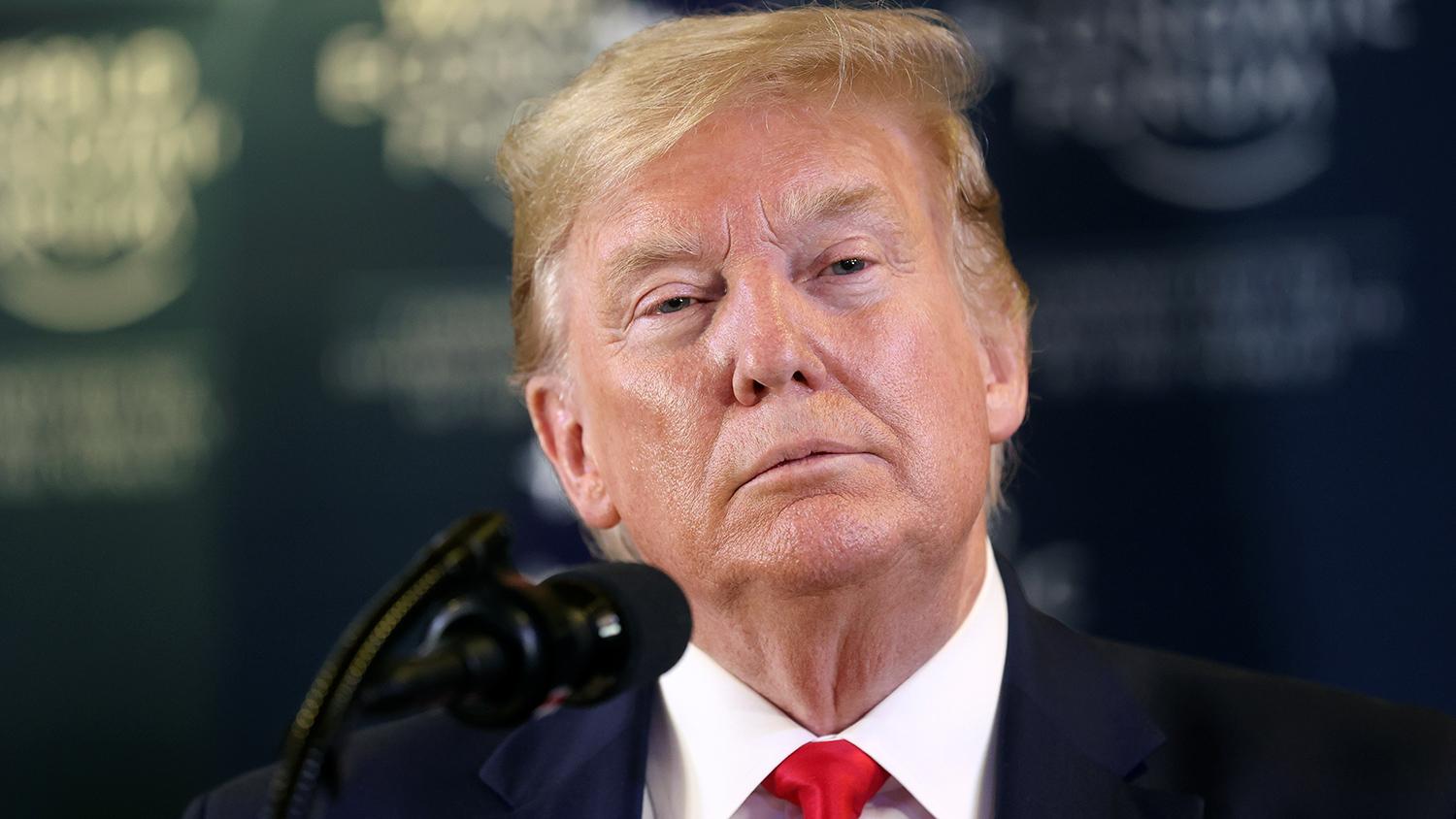
Political life in Europe is gradually preparing for the August holiday lull. However, this year, peace and a true calm may only be a dream for European politicians and officials. Likewise, their counterparts around the world won’t be spared. Crises and conflicts on various continents are not only a given but are increasingly intertwining, enveloping the planet in a sinister web.
Moreover, the administration of Donald Trump continues to sweep through everything and everyone like a hurricane—both inside the US and far beyond its borders—without distinction between friends and foes. As a result, European decision-makers, who might be anticipating beaches and sunbathing, will find it difficult to relax, especially with new tariffs that Washington plans to impose on the EU starting August 1.
Equally momentous issues that politicians and officials from all across Europe should be thinking about even during their holidays concern the now-permanent topic of the continent’s militarization and the promises by European states to sharply increase military spending. It seems that following the recent NATO summit in The Hague, as well as Brussels’ loudly announced plans to boost the EU’s military-industrial complex, some sort of bureaucratic calm has settled on the matter. However, there is absolutely no reason to be calm. There is a huge gap between ambitious programmes on paper and even their hypothetical implementation in reality.
An attempt to reverse the American pivot to Asia
Recall that after the second administration of Donald Trump took office, concerns in the EU understandably intensified that in the coming years Washington would start to reduce its military presence in Europe not just in words, but in deeds. This process could take various forms and degrees, but if it does indeed begin, it will, in any case, change many of the long-standing constants of European security that have existed for decades.
Washington’s intentions to reduce the American military presence in Europe and the related expenditures are not explained by any particular worldview of the current Republican administration or the specific character of its leader. Rather, they reflect the objective need for the United States to concentrate increasing forces and resources on the main theatre of today’s geopolitical confrontation — the Asia-Pacific region. Therefore, there is little reason to expect that the process of scaling back American military involvement in European affairs can be stopped, let alone reversed. However, European politicians are still trying to do so.
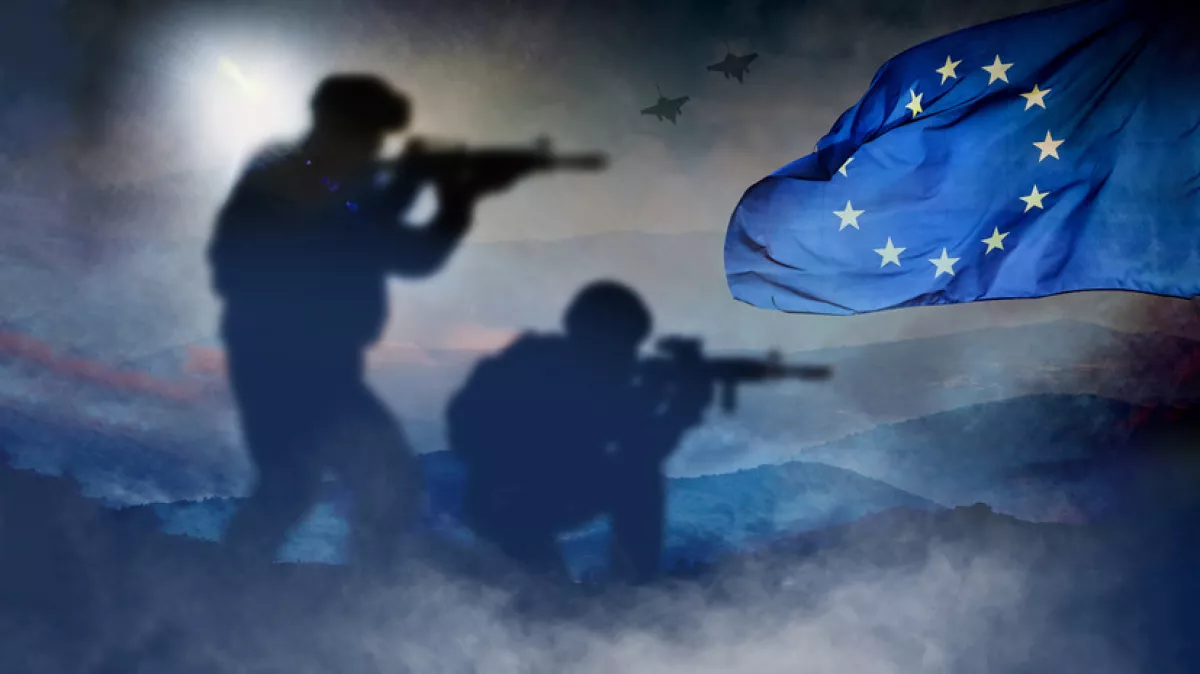
Endless loud declarations about militarization and a “defence revolution” in the EU, as well as the large-scale programmes being developed to boost the EU’s own military-industrial complex, certainly reflect the perception of threats held by most national governments and supranational institutions within the EU. But the main factor making this near consensus possible is the shared desire among all European NATO members (and many European countries outside the Alliance) to prevent a military withdrawal of the US from the continent—or at least to minimize its scale. Without this, such unity of opinion on these matters within the EU would be impossible, given that many EU states have very different perceptions of security risks and threats. And the only thing that for decades brought their views into alignment was the American security umbrella.
Therefore, it is natural that the declarations about sharply increasing military spending and the corresponding programmes are primarily aimed at Washington. Not in the sense of merely throwing dust in America’s eyes, but rather that the ruling elites of the EU seek to show the US authorities that Europeans are, in fact, good allies and are ready to meet American demands. Consequently, the US should maintain its security umbrella over Europe, even if in a modified form. And the main demand from Washington for a long time has been the need for European countries to significantly increase their material contribution to ensuring transatlantic security.
This is a perfectly understandable reaction from European governments, given their dependence on the US for security and the potentially painful socio-economic consequences should the most radical scenarios of reducing the American military presence in Europe come to pass. Other US allies have historically acted similarly in comparable situations. Arguably, states from other military-political blocs would behave in much the same way if faced with the prospect of diminished security due to their principal ally’s plans to reduce its commitments. Therefore, overall, the actions of European politicians appear predictable. It is only because of the Donald Trump factor that these actions take on exaggerated, and sometimes simply comical, forms—such as the boundless flattery towards the White House chief coming from NATO Secretary-General Mark Rutte.
“Military-industrial fever” according to grandpa Keynes
Nevertheless, the expected attempts—at least in form—to prevent the worst-case scenarios of the American strategic pivot from Europe to the Asia-Pacific region raise a seemingly endless number of substantive questions. And that is even at first glance. So far, European politicians have not seriously even tried to answer these questions.
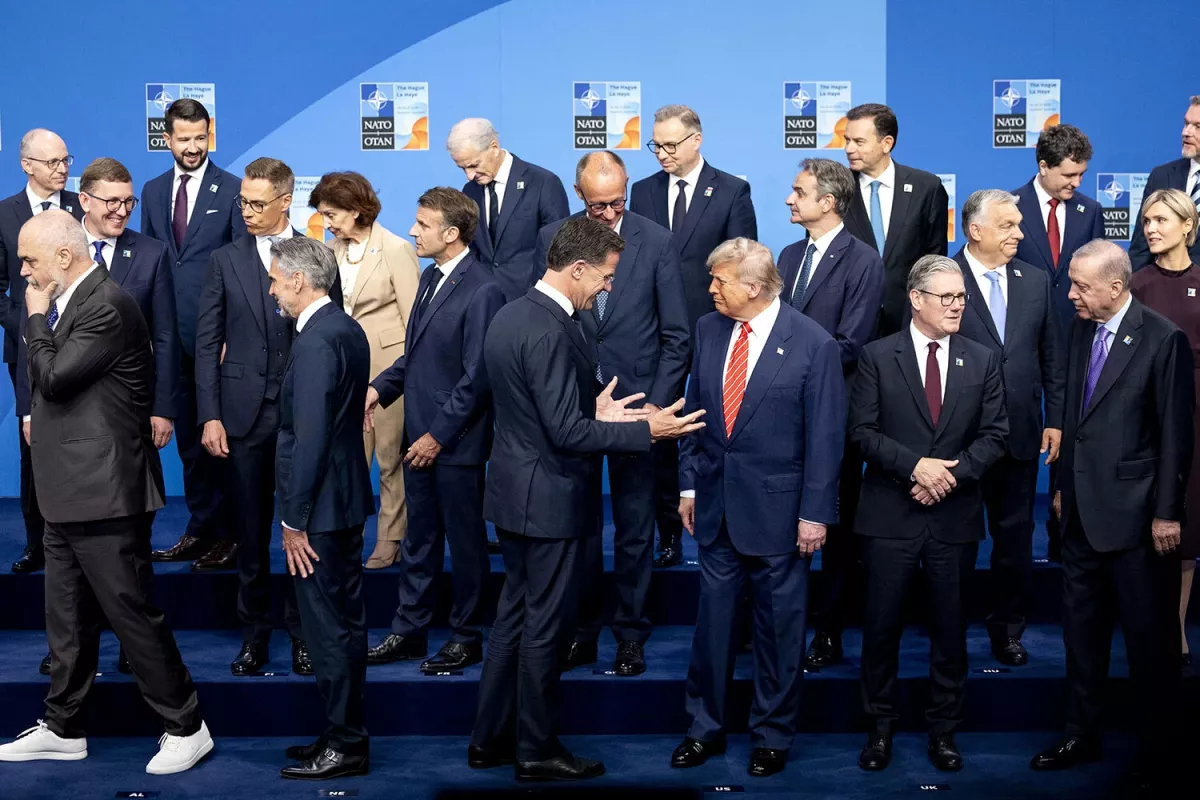
In this regard, the results of the recent NATO summit in The Hague are especially telling—an event the Alliance itself called “historic.” Mainly because the participants agreed to raise defence spending to 5% of GDP by 2035. This decision is indeed extraordinary. By way of comparison: at the end of 2024, the average level of such spending across all NATO members was 2.2% of GDP. European NATO members also spent an average of 2.2% of GDP on defence. Their expenditures ranged from 1% in Luxembourg, 1.3% in Belgium and Slovenia, and 1.4% in Spain to 4.2% in Poland, 3.4% in Estonia, and 3.3% in Latvia. In absolute terms, EU countries within NATO spent 361.2 billion US dollars on defence in 2024. Assuming that by 2035 all of them truly raise this level of spending to 5% of GDP, analysts at the Stockholm International Peace Research Institute (SIPRI) estimate that defence budgets will amount to 1 trillion 348.6 billion US dollars. In other words, in absolute terms, this represents nearly a fourfold increase.
Even taking into account the agreement that 1.5% of the declared 5% can be allocated to “defence- and security-related” expenses—that is, infrastructure and other costs indirectly related to the military sphere—the figures remain striking. They are likely especially striking to those responsible for financial and monetary stability and social development in the EU states. After all, the funds have to come from somewhere, even if many in Europe have suddenly recalled the old Keynesian recipes and view this as a convenient way to stimulate the European economy.
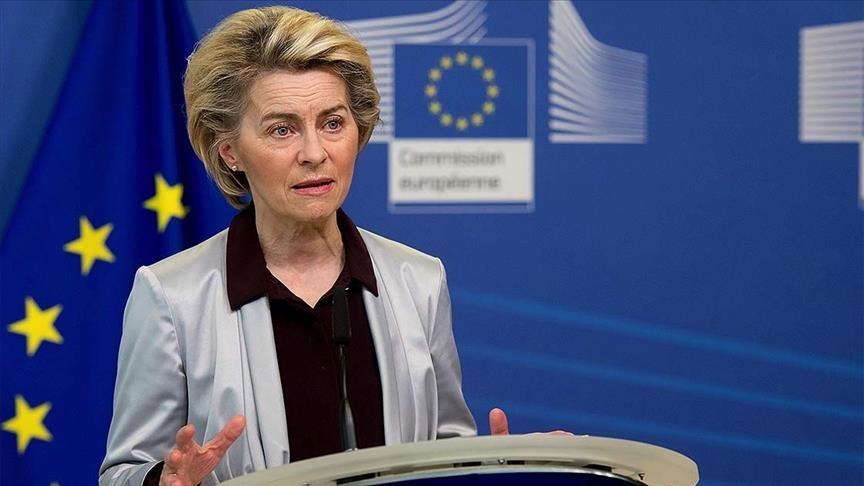
For example, European Commission President Ursula von der Leyen hopes that “defence efforts can give a massive boost to a more competitive Single Market in the mid and long term.” A boost is certainly likely. However, the causes of the strategic decline in competitiveness of many European economies are far more complex than just a lack of investment. Problems such as bureaucracy, high public debt, fiscal sustainability, a lack of innovation, and costly energy resources cannot be solved by Keynesian methods alone. Therefore, in the medium and long term, this “military-industrial fever” in the EU will inevitably have a downside—one that Brussels and most other European capitals have barely begun to discuss.
Numbers without understanding their substance
Another obvious question that should trouble EU officials even during the holiday season concerns the substance behind their grand figures and militarization plans. Simply put, even if the necessary funds to achieve the stated goals are found, will there be anything sensible to spend them on? Not just for show, but in line with NATO’s combat readiness plans and especially the loudly announced programmes for rearmament and the development of EU strategic autonomy. Despite the optimistic rhetoric of officials, few in the European Union today believe that the European military-industrial complex, even under the most favourable conditions, can fulfil the orders implied by such a rapid increase in defence spending.
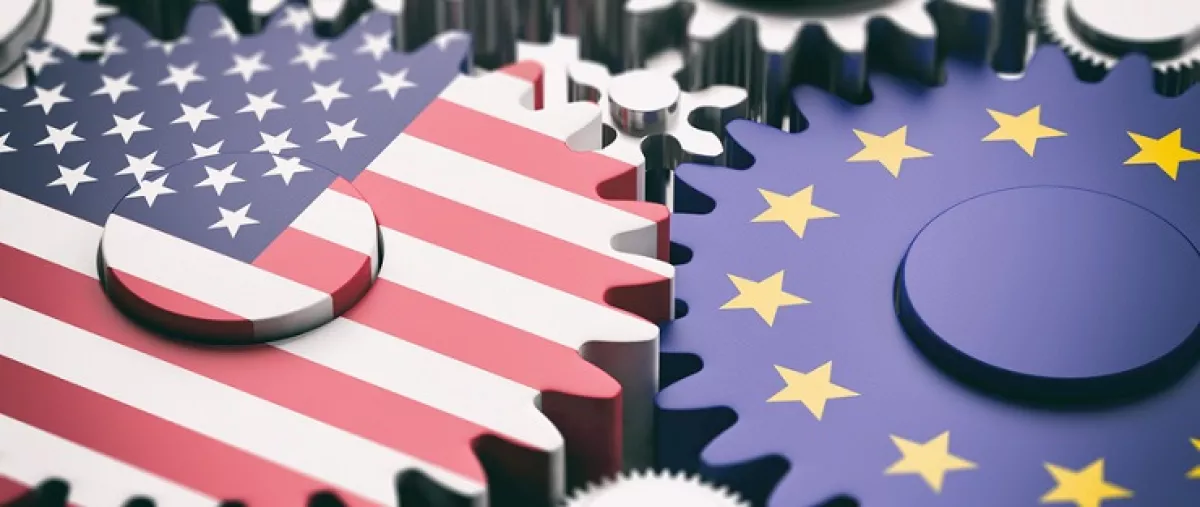
Therefore, the only realistic alternative for now appears to be an even greater increase in purchases from the American military-industrial complex. This means that Europe's dependence on the United States for security will not diminish but, in fact, deepen. However, not in the way European policymakers would prefer—those trying to prevent a U.S. disengagement from the continent.
This growing dependence will not stem from the full preservation of America's security guarantees, but rather from the need to pay more and more for American weapons. In this context, the ambition to expand military budgets across the EU and use them to strengthen the Union’s strategic and defence autonomy—often presented in Brussels as mutually reinforcing—will, in reality, come into direct conflict with one another.
If you’re a hammer…
The issues outlined above concern the European Union itself and, arguably, need not trouble anyone else. After all, Brussels and the national governments possess all the tools necessary to tackle these problems on their own. Here, we are merely offering an analytical observation: the yawning gap between political plans on paper and the likelihood of their implementation—a gap that will inevitably require major adjustments along the way.
However, this topic has an obvious problem that extends far beyond the EU itself—it concerns the entire continent and global security as a whole.
So far, in the European discourse on deterring Russia and other potential adversaries through rapid and large-scale militarisation, there has been not even a hint of any effort to balance military deterrence with diplomacy. All political and media attention is focused exclusively on defence budgets, rearmament, and the buildup of capabilities.
On one hand, the logic behind this approach is understandable: first, one must arm themselves sufficiently to demonstrate their strength to others—only then can diplomatic efforts be launched from a position of power.
On the other hand, given the speed at which events are unfolding and the ambition of the military plans being discussed, that “later” moment may never come. The spiral of militarisation and confrontation could become so deep that diplomacy may ultimately be rendered powerless.
As SIPRI analysts aptly note, “when you are a hammer, everything starts to look like a nail.” Even worse, once you turn into a hammer, other countries and alliances inevitably follow suit. And that’s how the arms race accelerates—bringing with it the classic “security dilemma”: everyone arms themselves supposedly for defence, yet each new turn of militarisation brings direct confrontation closer.
The only way to curb this spiral and reduce the associated risk of escalation is to relaunch serious diplomacy—here and now. Even under current strained conditions, diplomacy can offer a path to reconcile hard power with at least some minimum of trust and security mechanisms, the very tools that served Europe’s peace so well for decades.
And if just one European leader begins to reflect on these questions while basking in the relaxing glow of the 2025 summer sun, then this holiday season may yet be counted a success.








